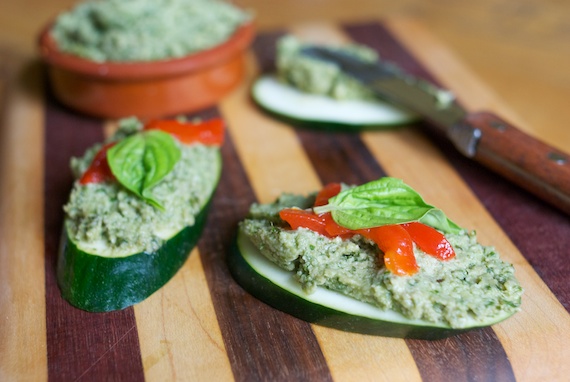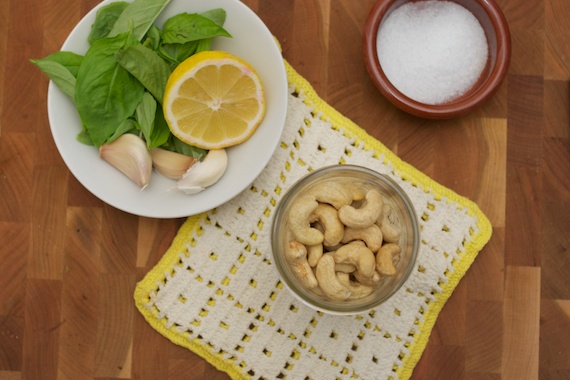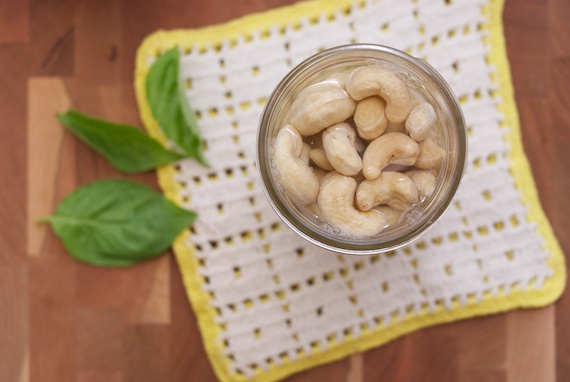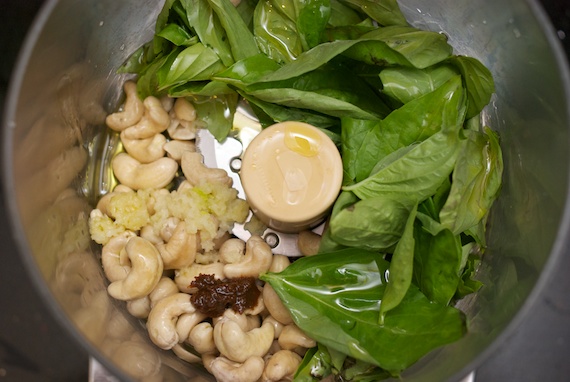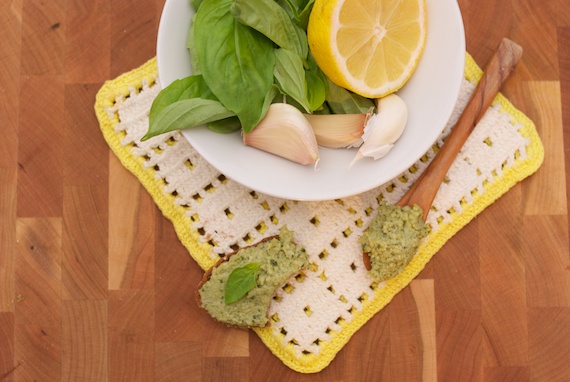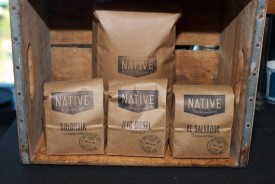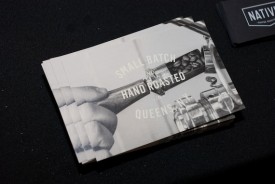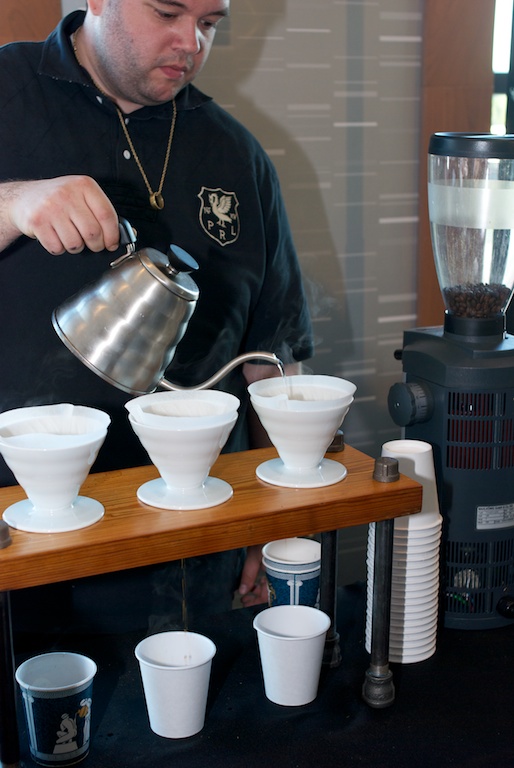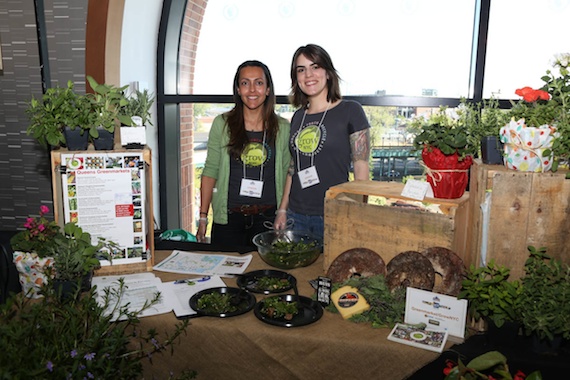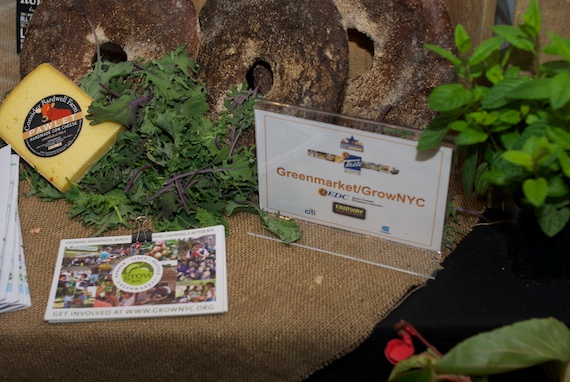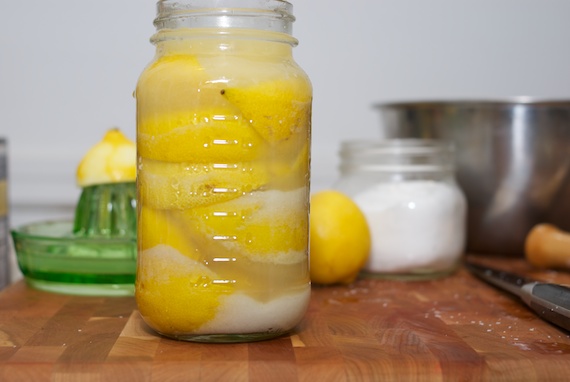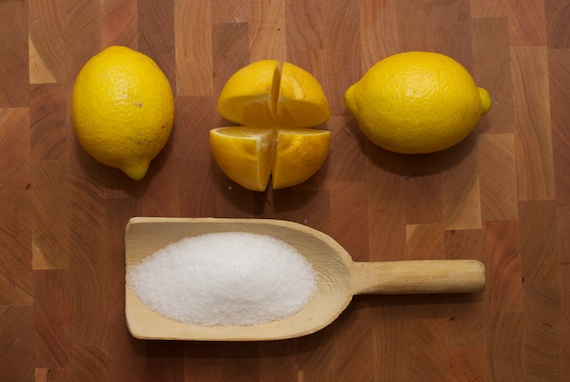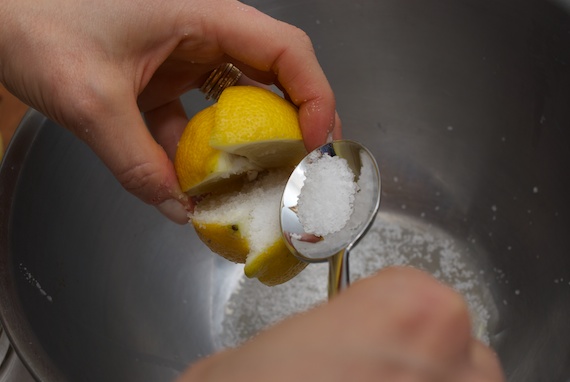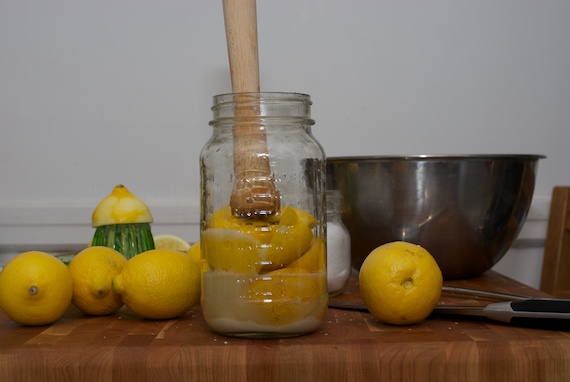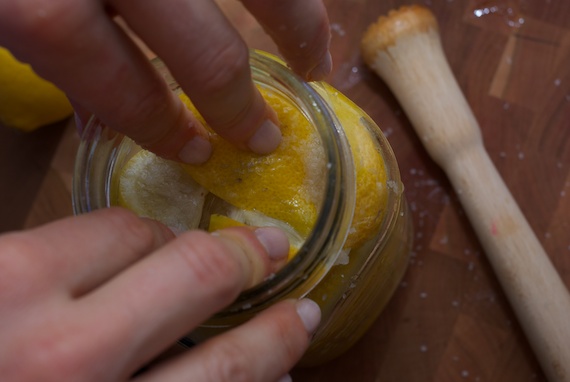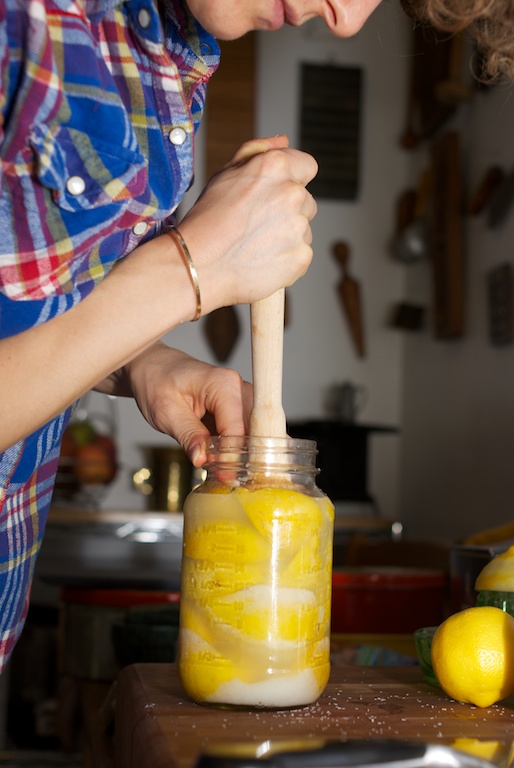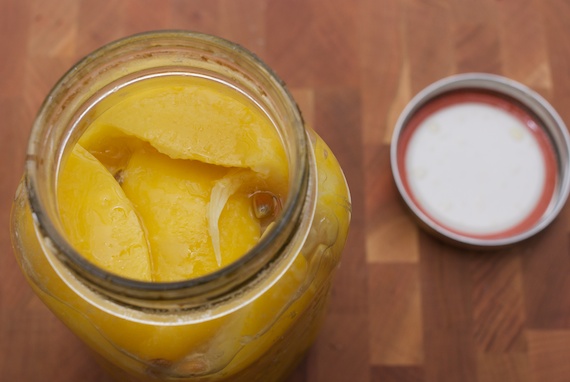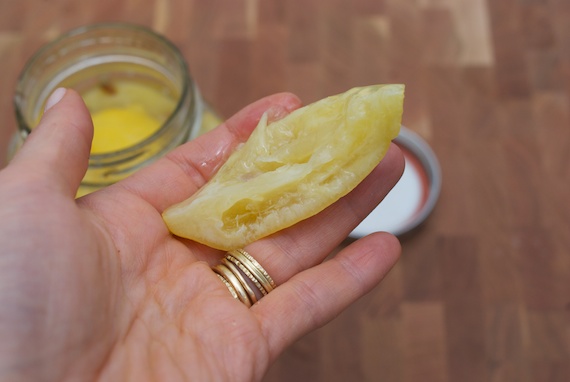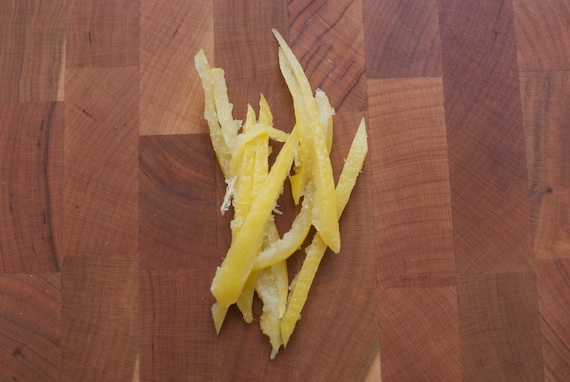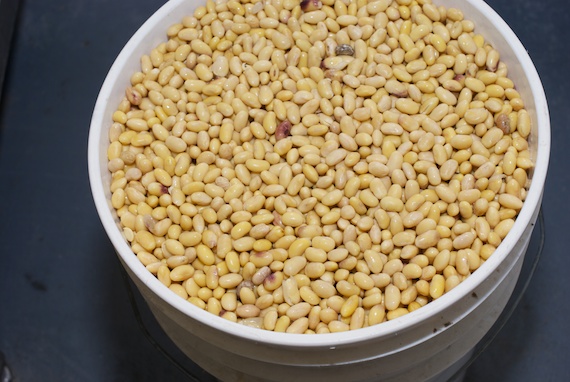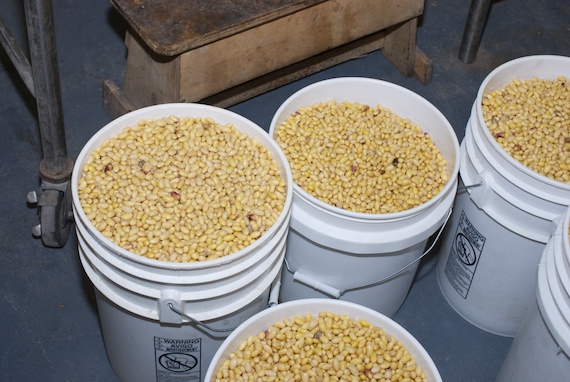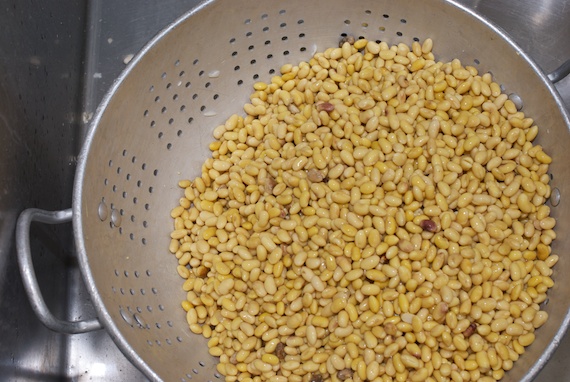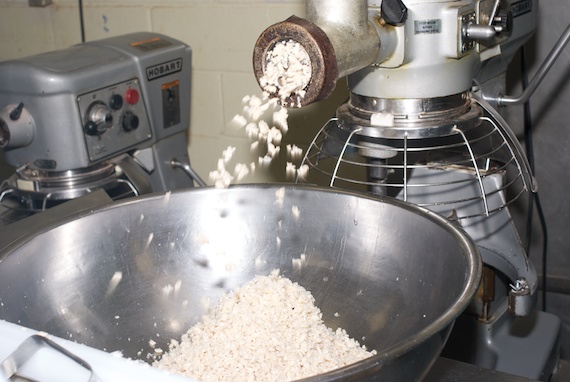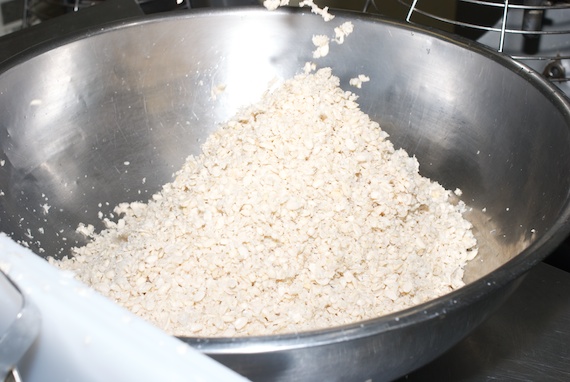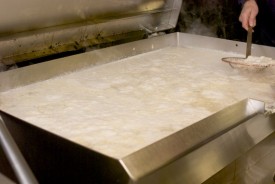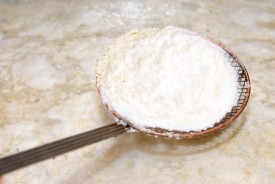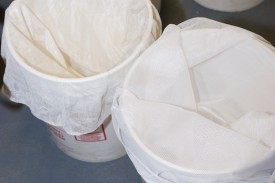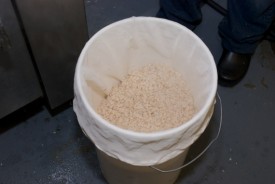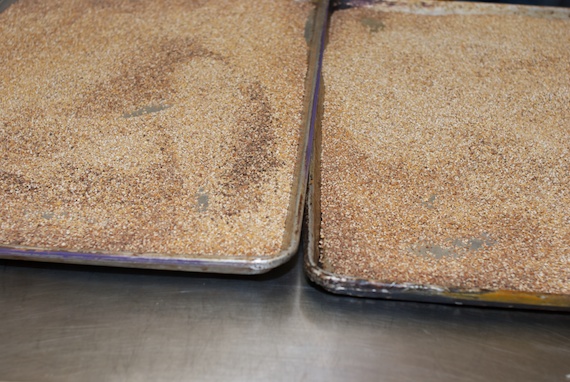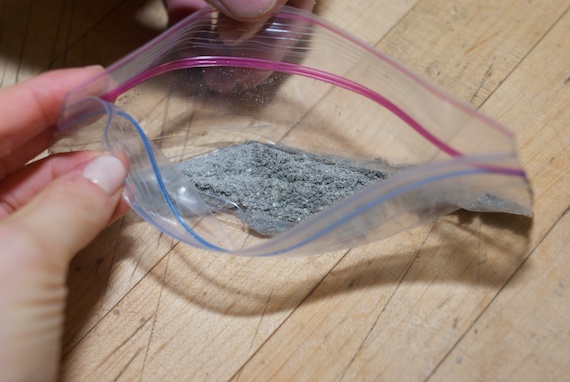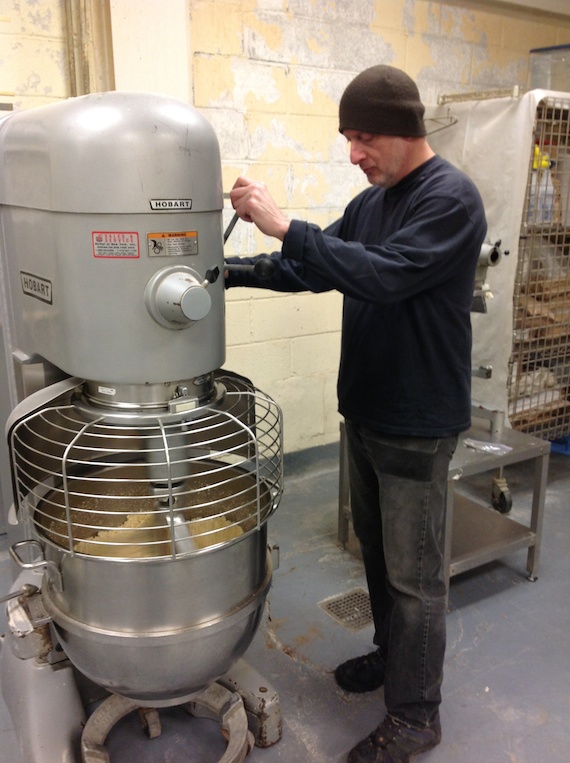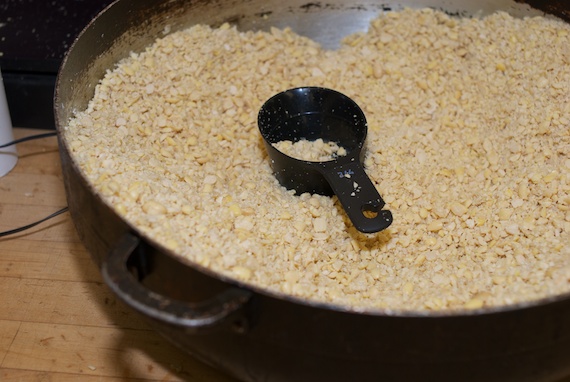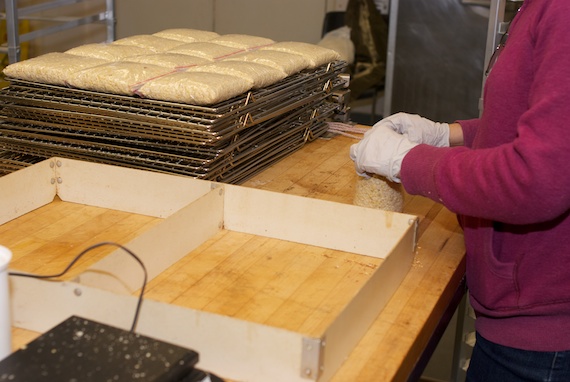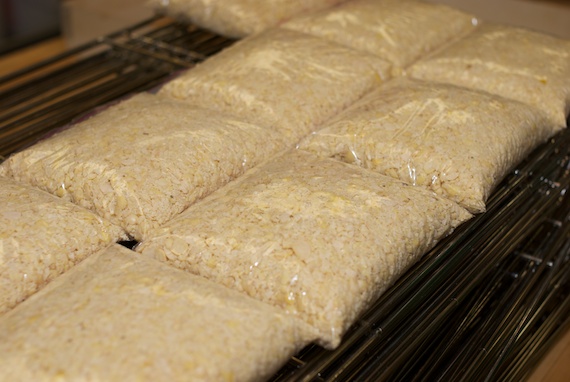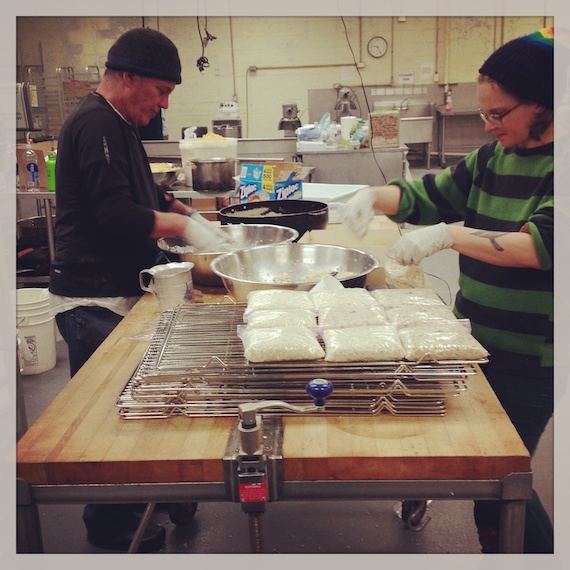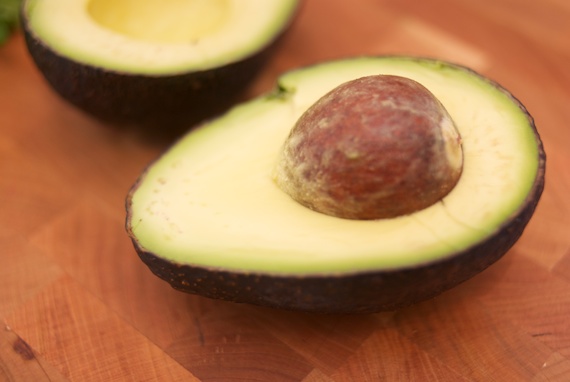
I used to be terrified of avocados and coconuts. A child of the early nineties, I was raised during the peak of the “all-fat-is-bad-fat” phase epitomized by low-fat Snackwell’s cookies. It was only in the past few years, truly, that I’ve been able to fully embrace these plant fats without feeling guilty, and I now I’m sure to eat plenty of plant-based fats throughout the day. Nothing says plant-based-good-fat like avocado, with it’s pale, creamy, rich flesh, and now that I’m 100% in the #teamavocado camp, it seems that there’s no place avocado hasn’t creeped in to my cooking. From a traditional Chinese medicine perspective, avocado is sweet, cooling and moistening. This might explain why my mother once saw a man on the subway open an avocado and methodically rub the flesh onto his face over the course of her trip downtown. Everyone loves avocados…even in their purest form…even on their face! While I don’t — or should I say haven’t YET – enjoyed avocado directly on my skin, I often do enjoy the sweet, nourishing fruit simply. Here are some ideas to get you out of the guacamole rut. Not that there’s anything wrong with guacamole and in terms of ruts it’s probably the best one to be in, but there’s so much that’s right with other preparations of avocados that it just wouldn’t be good to keep it all to myself.
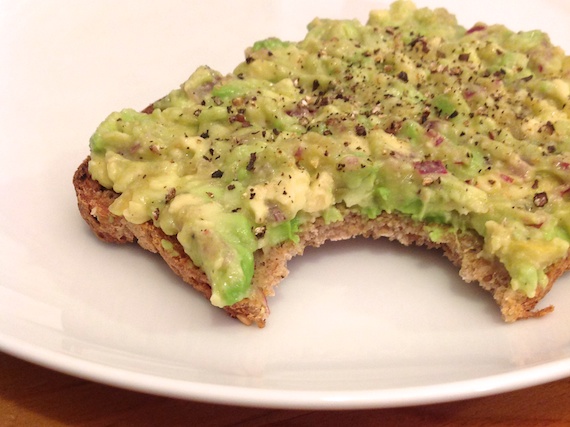
Sometimes I do nothing more than mash ripe avocado up with whatever herbs I have on hand, salt and fresh black pepper, olive oil, a bit of chopped shallot and/or garlic and throw it all on some bread. Voila, avocado toast! It’s a great snack, or light meal when paired with a salad or bowl of soup. It’s filling, and you can riff on this base in a bunch of different directions: cumin and sliced tomato to add a south-western flair, ginger and sesame oil for an asian avocado spread, or tarragon and olives for a Provencal twist.
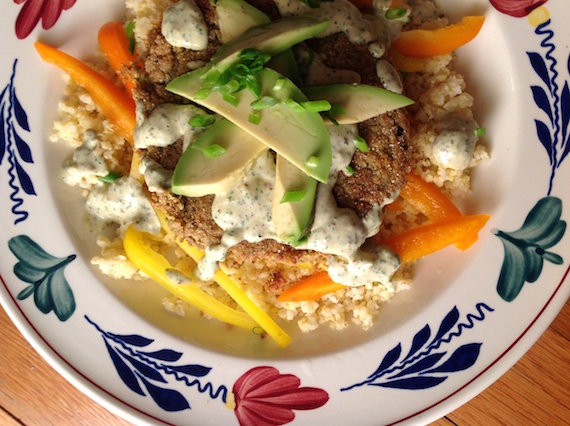
Other times, avocado works as a nice, rich garnish when merely sliced atop a plate of food. In the case of the meal above, warm millet and a spiced lentil/tofu patty was topped with sweet, cooling avocado and slightly bitter dandelion-green tahini. All together, the meal delivered a balanced flavor profile which, without the avocado, might have been a too harsh with the spicy patty and all. The next time you feel like your dish needs a little creamy love, throw on some thinly sliced avocado and marvel and what just a little of this magic fruit does to your plate and palate.
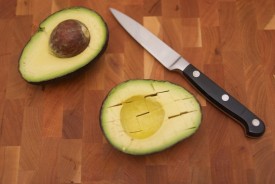
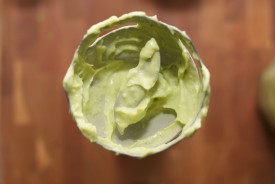
Lately, I’ve been experimenting with a creamy avocado dressing that I use over steamed vegetables, as a dip for crudité, or as a spread on sandwiches. In the Sustainable Pantry style, I use in whatever is around like herbs, garlic, and often preserved lemon, in addition to lemon juice or rice wine vinegar and olive oil. Into a large jar everything goes, along with some water, and I blend with an immersion blender. Once the sauce is smooth, it stores for a few days covered in the fridge, and can be thinned out with a drop of water or lemon juice if it thickens up in the fridge. It’s kinda like vegan mayo, and not to sound too hippy or anything, but it is delicious on a tempeh sandwich. Groovy, man!
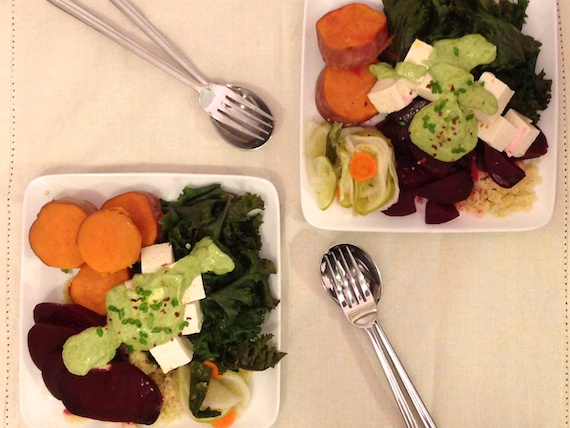
But here’s the thing that’s gonna blow your mind: YOU CAN HAVE AVOCADO FOR DESSERT! I was introduced to this delicious, vegan chocolate avocado pudding at my friend Melani’s house last summer, and I’ve been making it ever since. The pudding is “raw” so you don’t have to turn on the stove and schvitz over milk to make a custard base, which is a major plus in this heat – oy vey! The chocolate comes from raw cacao powder, which is so chock-full of antioxidants that eating this avocado pudding is basically the same as taking a multivitamin. To sweeten it up, you can use either maple syrup or soaked, pitted dates which I prefer. Once made, the pudding lasts a week to 10 days in the fridge, but I highly doubt it will keep that long!
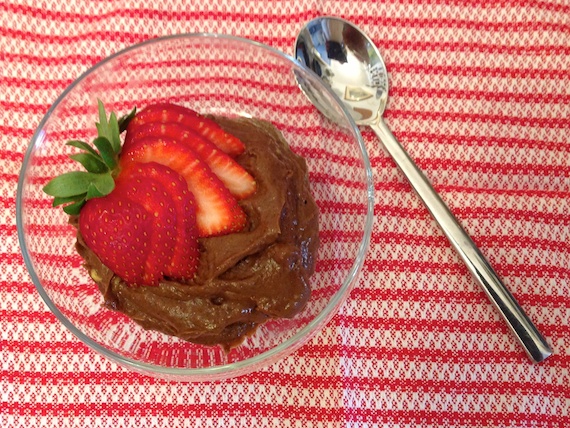
The ratio I use is 1 ripe avocado, 1/4 cup cacao powder, one tablespoon ground vanilla (you can use a bit less vanilla extract if you don’t have ground vanilla), maple syrup/soaked dates to taste, and a pinch of salt. This all goes into a Cuisinart/food processor, and is blended up until smooth. I usually use about 6-7 dates per avocado, soaked in just enough hot water to cover for a couple of minutes, then drained and added into the blended (reserve this sweetened water to thin the pudding if needed). One addition I’ve made to Melani’s original is to add a bit of coconut milk – about 1/4 cup or so, which makes it oh so creamy, and oh so good-fatty, and oh so delicious. Top with berries, or shredded coconut, or just eat from the food processor with a spoon, as is my custom.
A few more avocado tips:
- Store unripe avocados out on the countertop until the hard, rough skin darkens and thins, and the flesh becomes soft. At this point, store in the refrigerator until used.
- When opening an avocado, half it and use the non-pit side first; the side with the pit still in keep stay longer. Spritz some lemon juice on the open surface, which helps prevent oxidation – the browning of the avocado flesh from exposure to air, and wrap in plastic wrap in the refrigerator.
- To open and pit an avocado, cut around the large pit lengthwise and twist the avocado open. Hit the heel of your knife into the pit, then twist the knife so the pit comes out of the avocado and remains on your knife. Then, hit the knife on a cutting board with the heel/pit hanging off the side, and the pit will come right off the knife (have your hand or a garbage under the pit to catch it – these things are pretty slippery.)
What do you do with avocados?
